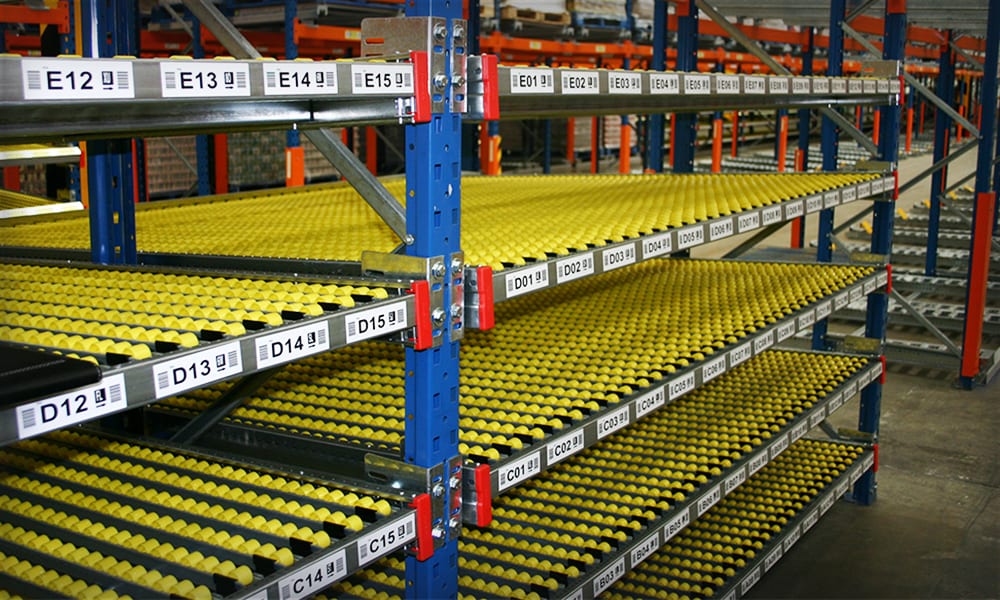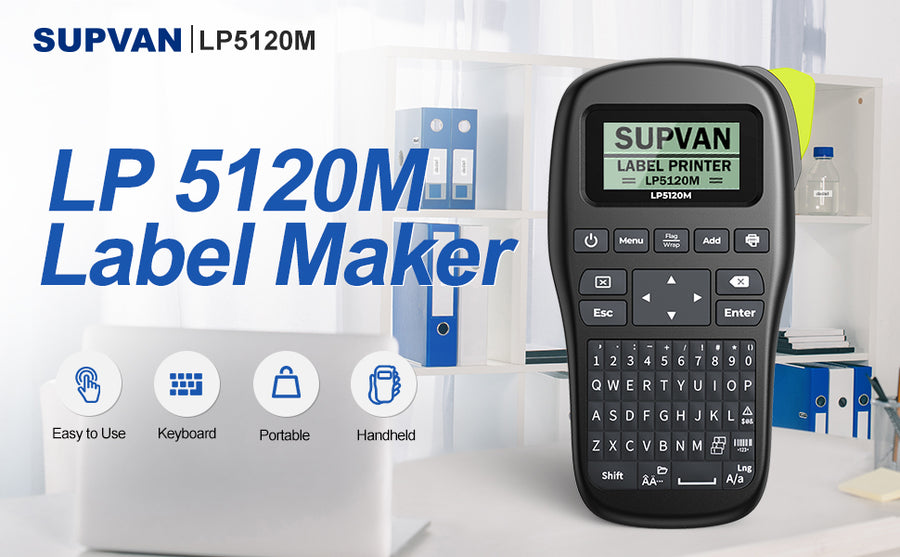Direct thermal and thermal transfer are two common printing technologies used in label printing, and there are some fundamental differences between the two.

Direct thermal printing uses a heat-sensitive paper that turns black when it comes into contact with a heated print head. The print head applies heat to the paper in the shape of the image or text to be printed, and the heat activates the paper's chemicals to create the desired print. Direct thermal printing is typically used for short-term applications, such as shipping labels or receipts, as the print is vulnerable to fading over time.
Shipping labels printed with thermal printers are commonly used by businesses that ship a high volume of packages, such as e-commerce stores, retailers, and logistics companies. The labels can be printed on a variety of label materials
Thermal transfer printing, on the other hand, uses a thermal transfer ribbon to transfer ink onto the label material. The ribbon is heated by the print head, and the ink is transferred onto the label as it passes through the printer. The print produced by thermal transfer printing is generally of higher quality and has a longer lifespan than direct thermal printing, making it suitable for long-term labeling applications such as product identification, asset tracking, and inventory management.

In summary, direct thermal printing is a simpler and more cost-effective printing technology for short-term labeling applications, while thermal transfer printing provides higher quality and longer-lasting prints suitable for more permanent labeling applications.







Leave a comment